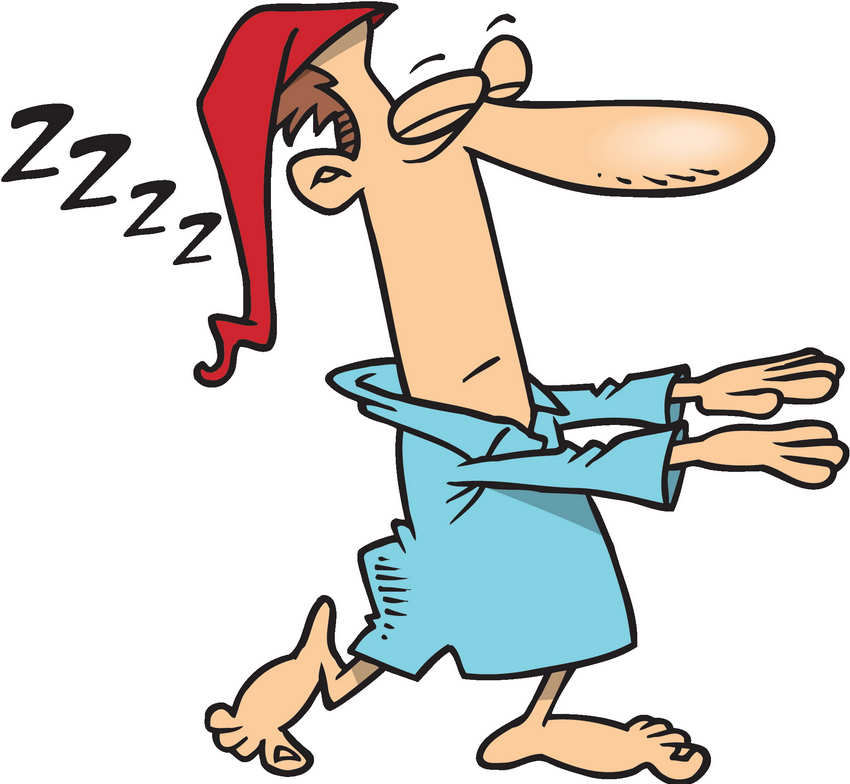Sleepwalking, also called somnambulism , a behavioral disorder of sleep in which a person sits up and performs various motor actions, such as standing, walking about, talking, eating, screaming, dressing, going to the bathroom, or even leaving the house. The episode usually ends with the sleepwalker’s returning to sleep, with no subsequent memory of the episode.
Sleepwalking is most common in children, though it may also appear in adolescents and young adults. It occurs only during deep sleep, when dreams are basically absent. Sleepwalking becomes dangerous only when the possibility exists of the sleepwalker’s accidentally injuring himself or herself. Sleepwalking may also occur in persons with post-traumatic stress disorder, whose nightmares terminate in shouting, struggling, or jumping out of bed. These episodes often result in awakening.
Although the causes of sleepwalking are not fully understood, the disorder in many instances appears to run in families and hence may be associated with genetic factors. A study of a family that had been affected by sleepwalking over multiple generations traced the condition to a region of chromosome 20 and revealed that persons carrying the sleepwalking version of this chromosome had a 50 percent chance of transmitting the disorder to their children. The identification of specific genes that contribute to sleepwalking could facilitate diagnosis and treatment of the disorder.
Hi! I am a robot. I just upvoted you! I found similar content that readers might be interested in:
https://www.britannica.com/science/sleepwalking
Downvoting a post can decrease pending rewards and make it less visible. Common reasons:
Submit